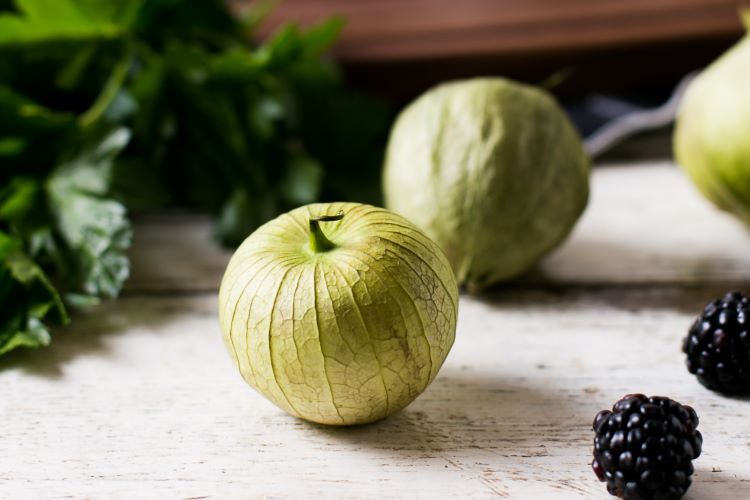These tiny little unripe-looking tomatoes are indeed part of the nightshade family and can be referred to as the Mexican husk tomato. If you’ve ever worked with a tomatillo you’ll know that underneath the husk the fruit is quite sticky. That stickiness comes from chemicals called withanolides. These, along with the husk, are a natural defense against insects. After you remove the husk, rinse off the tomatillo to remove this sticky coating.
The tomatillo itself is a little sour, maybe even bitter, so they do well with a quick cook to help concentrate and caramelize any sugars that are naturally in the fruit. For example; to make our tomatillo salsa at HIP, the tomatillos are placed on a foil-lined sheet tray with onions, garlic, and jalapeno and placed under a broiler until everything begins to brown and the tomatillos loosen up. At this point we’ve used the maillard reaction to create some sweetness, earthiness, and meatiness, and internally evaporated some liquid concentrating the sweetness. What you’re left with is something far more complex than just the raw ingredients alone. Blend this with a handful of cilantro, a squeeze of lime juice, and a hit of kosher salt and you have a nice, vibrant, and deep tomatillo salsa.





0 Comments